The gardens of Marblehill House boast a rich and fascinating history, reflecting the changing tastes and priorities of its residents. During the Burke family’s tenure, the landscape flourished with an agricultural past.
Marblehill Productive Gardens
The Burkes cultivated a productive garden, featuring expansive glasshouses and a bountiful orchard. Their vision translated into a formal layout with well-defined drives and walkways, ideal for strolling and admiring the meticulously arranged plantings.
A Touch of the Wild
However, the Burke family wasn’t content with a strictly formal landscape. They also embraced a more natural aesthetic. Large numbers of trees adorned the grounds, particularly on the small hill behind the house. This deliberate planting softened the formal lines and imbued the space with a sense of untamed beauty.
Marblehill House Vegetable Garden
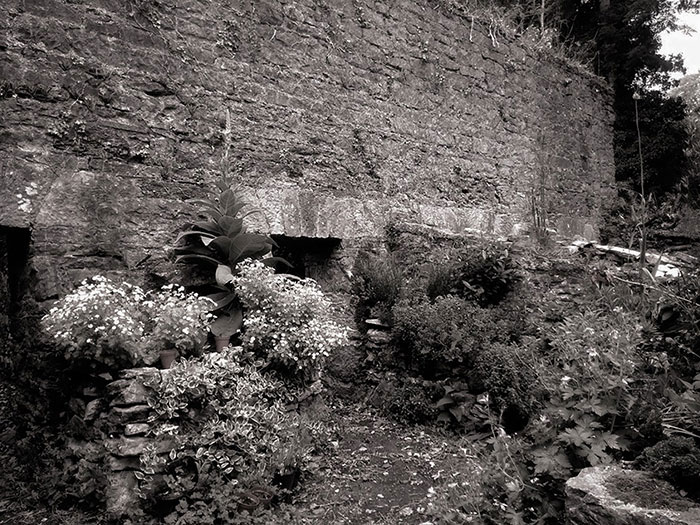
Shifting Tides
The landscape continued to evolve over time. Sadly, many of the majestic hardwood trees planted by the Burkes were felled. In their place, Coillte, the Irish forestry company, introduced non-native trees, primarily American Sitka spruce. This shift reflects the changing forestry practices of the time, with an emphasis on commercial timber.
A Whisper of the Past: Unveiling the Marblehill Herb Garden
While the grand gardens of Marblehill have transformed throughout time, a precious remnant whispers of the past—the Marblehill Herb Garden.
Traces of Culinary and Medicinal Delights
Historical records tell us that a variety of herbs flourished in the many gardens surrounding Marblehill House. Sadly, most of these dedicated herb gardens have vanished. However, a sliver of this fragrant past survives along the boreen, a narrow country lane, near one of the remaining small gardens.
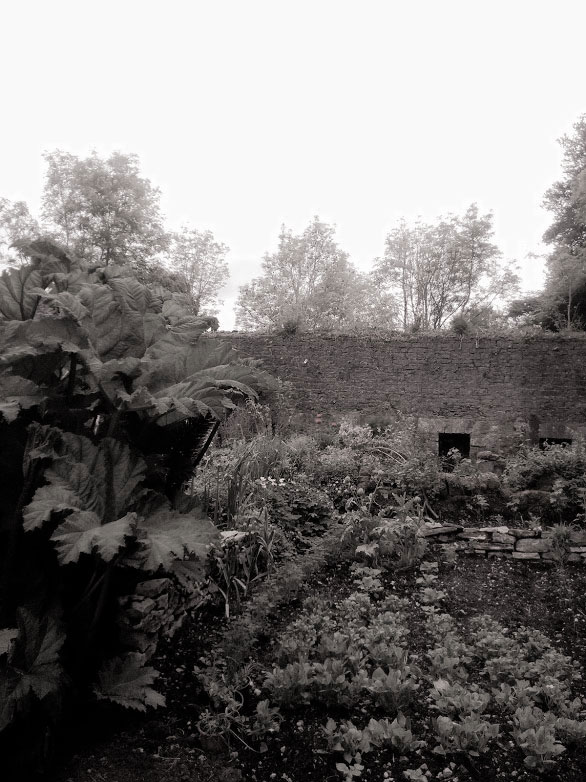
A Refuge for Tools and Treasures
These garden sheds were not just for storing garden tools and plant pots. They also served as a haven for a hidden world of culinary and medicinal herbs, alongside the humble potato. Here, nestled amongst the tools, these botanical treasures thrived.
A Tenacious Survivor
One particularly resilient herb, the mullein, has defied the passage of time. This self-seeding plant stubbornly reappears year after year, perhaps a silent echo of the Burkes’ era, or maybe even a legacy of the Rafferty family who resided in the nearby ruined courtyard house, as local lore suggests.
A Spark for Further Exploration
The presence of the mullein, a solitary survivor, ignites our curiosity about the lost herb gardens of Marblehill. It serves as a reminder of the rich tapestry of plant life that once graced this estate.
Unearthing the Past, Inspiring the Future
As we delve deeper into Marblehill’s history, the story of the herb garden holds immense potential. Perhaps through further research and exploration, we can uncover details about the specific herbs cultivated here and their uses. With this knowledge, we might even consider reviving a section of the herb garden, allowing visitors to experience a taste of the past and appreciate the valuable role herbs played in the lives of Marblehill’s residents.
The Marblehill Herb Garden, though a mere fragment, offers a captivating glimpse into the estate’s intriguing history. It inspires us to keep searching for lost stories and to consider ways to breathe new life into this forgotten corner of the landscape.


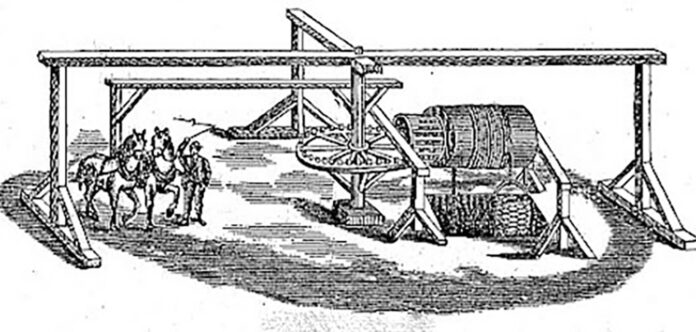
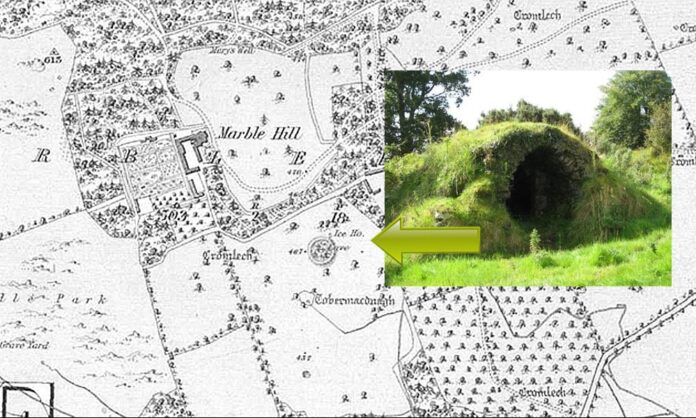
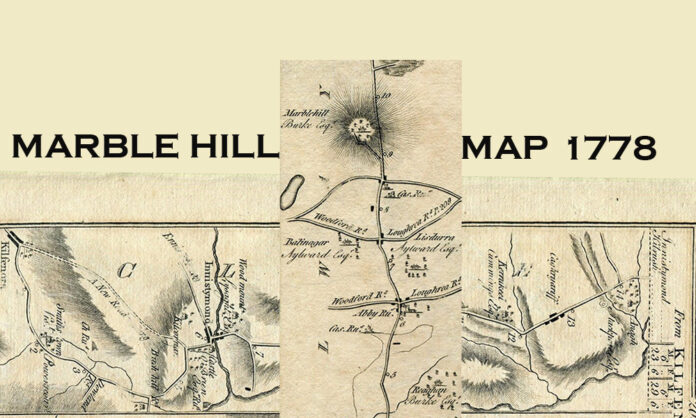


I heard the Marblehill vegetable and fruit gardens were very productive, even after the demise of the Burke’s, with Jack Rafferty going to Dublin to sell the grapes that were harvested from the greenhouses. Grapes were quite a rare thing in Ireland during those times
It’s a shame the old gardens can’t be brought back to full production again